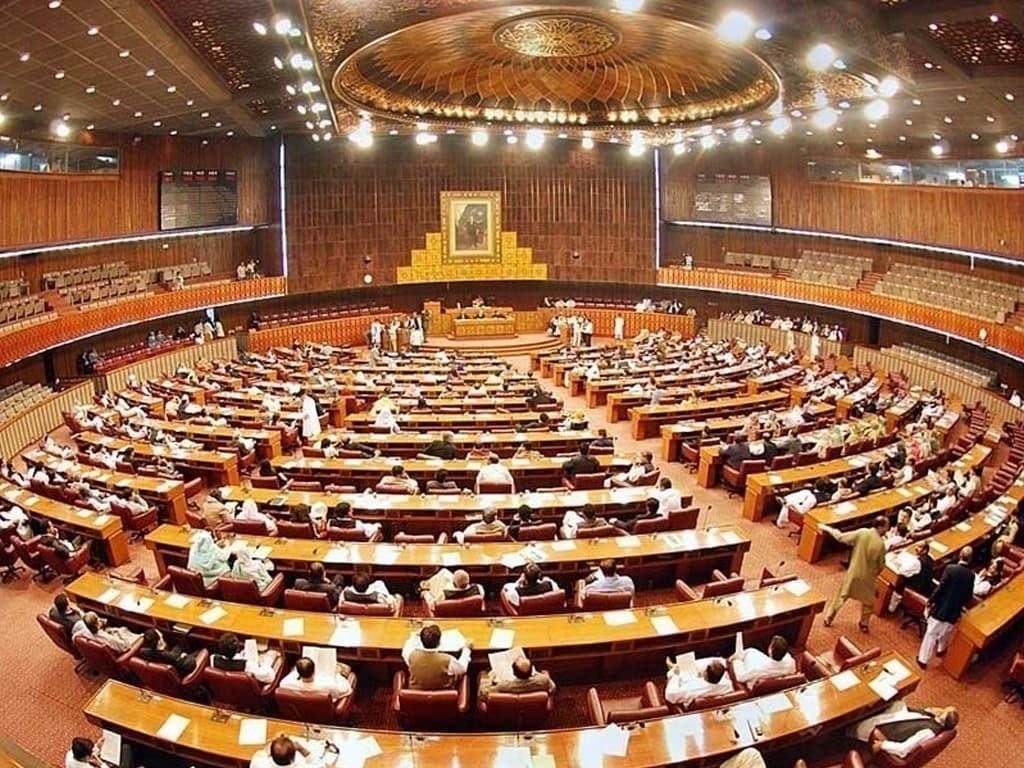On Wednesday afternoon at precisely 3:30 pm, a magnitude 4.9 earthquake struck Peshawar and its surrounding areas, sending tremors across multiple regions. The quake was felt in various parts of Khyber Pakhtunkhwa, including Swat, Malakand, North Waziristan, Parachinar, Lower Dir, Hangu, Charsadda, and Swabi.
According to the US Geological Survey, the earthquake’s epicenter was located in the Hindukush mountains in Afghanistan. Despite the quake’s significant magnitude, there were no immediate reports of damage or casualties, which is a relief given the potential destructiveness of such natural events.
The tremors were felt across a broad area, indicating the extensive reach of the earthquake’s impact.
In Peshawar, the provincial capital, residents felt the ground shaking, prompting many to rush out of buildings in fear. Peshawar, being densely populated, had a significant number of people experiencing the tremors simultaneously.
The scenic regions of Swat and Malakand also experienced the earthquake. These areas, known for their mountainous terrain, are more susceptible to landslides following such seismic activity, but no such incidents have been reported so far.
In the tribal areas of North Waziristan and Parachinar, residents felt the earthquake strongly. These regions, which have historically faced both natural and man-made challenges, showed remarkable resilience with no immediate damage reported.
Lower Dir and Hangu, two regions also affected by the quake, reported noticeable shaking. The local authorities in these areas are on alert, monitoring for any aftershocks or delayed reports of damage.
Charsadda and Swabi experienced the tremors as well. These areas, with their mix of rural and urban populations, responded quickly to the shaking, with many people taking to open spaces as a precaution.
The Hindukush mountains, a known seismic activity zone, were identified as the epicenter of this earthquake. This mountainous region in Afghanistan is notorious for frequent earthquakes, which often affect neighboring Pakistan. The depth and location of the epicenter play a critical role in determining the impact radius and intensity felt in distant regions like Peshawar and beyond.
The absence of immediate damage or casualties is a significant relief for the affected regions. However, local authorities and disaster management teams remain vigilant. They are conducting thorough inspections to ensure that any minor structural damages or potential hazards are promptly addressed.
The quick response from local authorities highlights the importance of preparedness in seismic zones. Emergency services, including medical and fire departments, are on standby to handle any eventualities. Public awareness campaigns on earthquake safety measures have proven beneficial, as many residents knew to move to open spaces during the tremors.
Pakistan, particularly the Khyber Pakhtunkhwa region, has a history of seismic activity due to its proximity to tectonic plate boundaries. The memory of past earthquakes, such as the devastating 2005 earthquake, remains fresh, underscoring the need for ongoing vigilance and preparedness.




